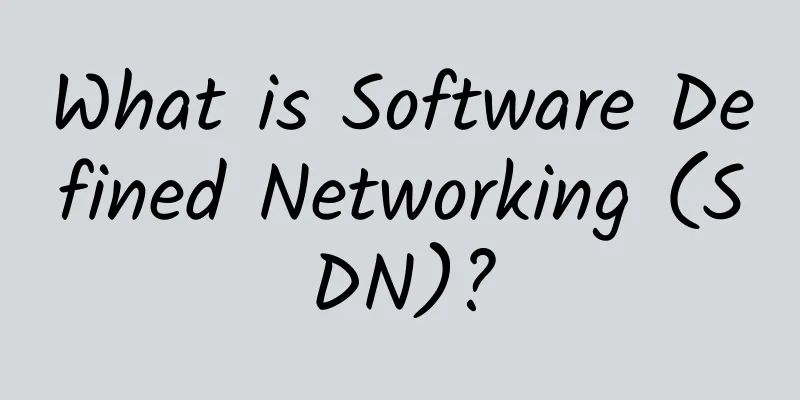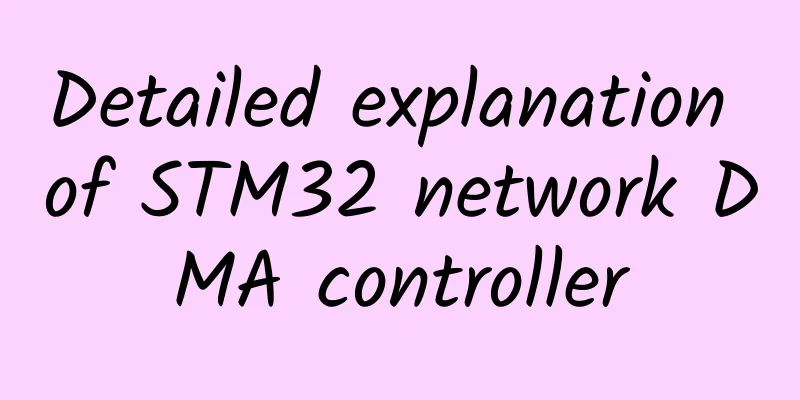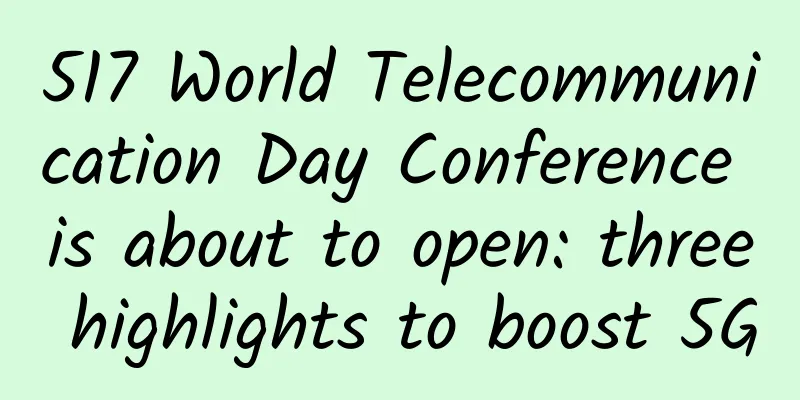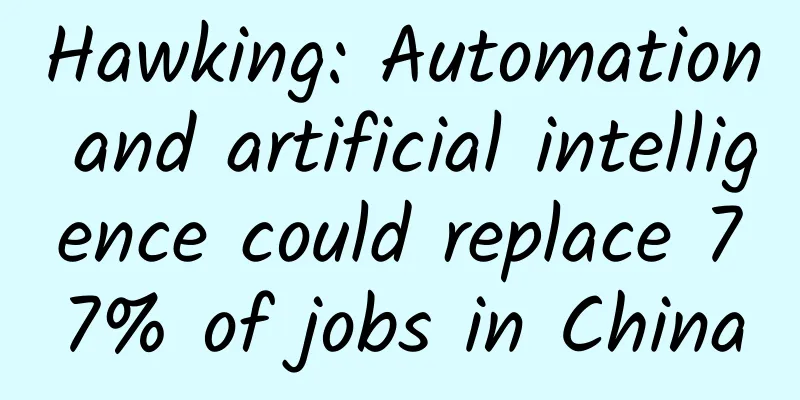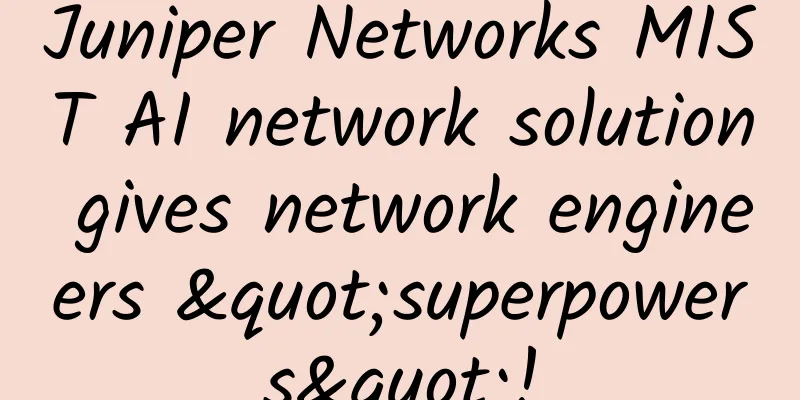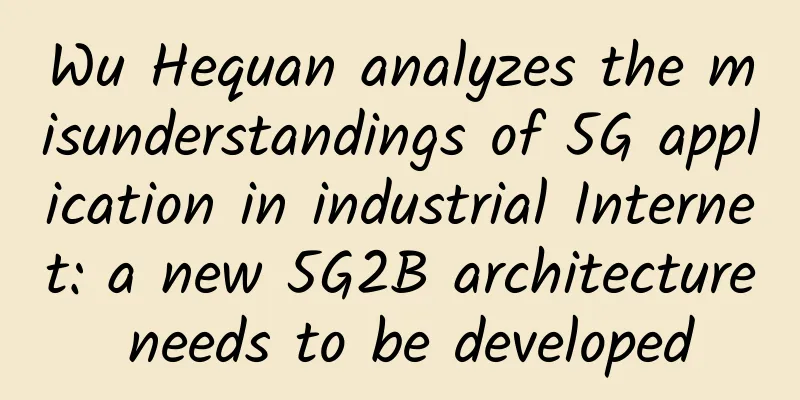Is IT operation the next outlet for IT operation and maintenance?
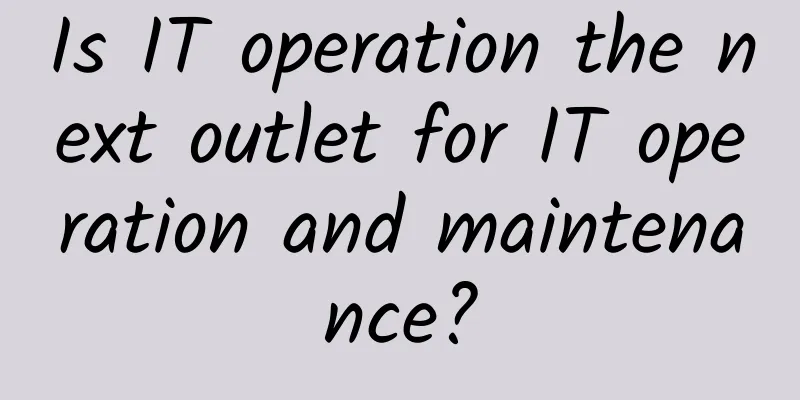
|
With the development and popularization of popular technologies such as cloud computing and big data, enterprises pay more and more attention to IT operation and maintenance every year. Initially, in order to ensure the normal operation and maintenance of IT systems, most enterprises passively carried out troubleshooting and software and hardware maintenance. Nowadays, more and more enterprises actively carry out IT operation and maintenance services, operate and manage the system, plan ahead, and prevent problems before they occur. 1. Current Status of IT Operation and Maintenance At present, the IT operation and maintenance tool market is mixed, enterprise data is fragmented, and IT architecture is becoming increasingly complex. From the perspective of IT operation and maintenance system, the IT architecture of general small and medium-sized enterprises is not perfect, and there are defects in infrastructure configuration. Moreover, for small and medium-sized enterprises, there is little room for development of IT operation and maintenance personnel, and the loss of operation and maintenance talents is relatively serious. From the user's perspective, the market competition is fierce, users' requirements for products are getting higher and higher, and the degree of product refinement is becoming stronger and stronger. In summary, the current IT operation and maintenance management of enterprises can be roughly divided into three stages: IT infrastructure management stage, comprehensive business management stage and global centralized management stage. 2. IT Operation: Upgraded Version of IT Operation and Maintenance From a definition, IT operation and maintenance refers to the comprehensive management of IT systems, including the hardware operating environment (software environment, network environment, etc.), IT business systems and IT operation and maintenance personnel, by the enterprise IT department using technical means. It can be seen that IT operation and maintenance emphasizes network management, which is also called IT infrastructure management. In essence, IT operation and maintenance management is the comprehensive management of the underlying IT infrastructure, application services and business services. At present, the operation and maintenance of IT systems is not limited to network management, but the operation and management of the entire IT system and business areas, and is more of a business model, namely IT operation. Previously, Chen Aohan, CEO of Youke Technology, asserted that the overall development and change trend of enterprise IT operation and maintenance is a shift from IT operation and maintenance focusing on stability and security to an IT operation model focusing on efficiency and benefits. IT operations, namely IT operations analysis, uses big data and data mining technology to store, calculate, analyze, and display the massive machine data generated during the operation of IT systems, and convert the analysis results into feasible solutions. From the definition analysis, IT operations are to monitor infrastructure, manage enterprise data, analyze traffic data, monitor embedded code, and implement simulation detection. In short, IT operations are to unify the IT system architecture from all aspects and angles. 3. Development Trends of IT Operations 1. Centralized and automated operations By building a centralized and automated operation and management platform, data can be centrally managed and intelligent analysis can be performed on the integration layer data, storage layer data, and application layer data. Centralized operation effectively solves the problems of inefficient cross-department information transmission and information loss. At the same time, the automated operation platform also has the characteristics of standardization, process, intelligence, modularization, and automation. It is based on these characteristics that IT operation and maintenance has become simpler from complex, and the workload of operation and maintenance personnel has been effectively controlled. 2. Visualization of IT operations management What is visualization? In short, it is to present the enterprise's massive data, IT physical room, logical architecture, business process and other abstract and complex data-driven intuitive diagrams in front of people, realizing "data-image exchange". Through intuitive diagrams, people can find the right information, accurately locate information and troubleshoot faults in the architecture diagram. This new change avoids the occurrence of "information gaps" caused by the resignation of IT system operation and maintenance personnel. Moreover, through this intuitive map, the company's management, decision-making and even grassroots employees can effectively understand the company's IT architecture and understand the latest developments at any time, thereby efficiently completing various operation and maintenance tasks. 3. Scenario-based IT operations management The reporter learned from Youke Technology that the scenario-based IT operation management emphasizes the integration of enterprise operation and maintenance tools and business data. At present, the enterprise business is in a stage of rapid development, the pressure on the IT department has increased sharply, and the amount of fragmented data is huge. By building scenarios, various management elements are integrated in the scenarios in one stop, including IT architecture diagrams, operation and maintenance data, operation and maintenance tools, processing rules, etc., and model-based and scenario-based integrated management is implemented to achieve efficient operation management. Of course, IT operation management cannot solve all system operation and maintenance problems through a set of software products or tools. After all, IT operation management covers many different fields. In the future, IT operation and maintenance will present an industrial chain state, where each enterprise will provide the best services in its own field, forming an upstream and downstream relationship in the industrial chain, thereby solving various pain points encountered in IT operation and helping users achieve transformation and leapfrogging in the new era. It should be made clear that IT operation products, software or platforms are not perfect. Chen Aohan told reporters that operation products, software and platforms are more targeted at high-frequency and low-loss accidents, while low-frequency and high-loss sudden system failures still require special operation and maintenance personnel to carry out maintenance. |
<<: What you don’t know about blockchain is quietly subverting banks, BAT
>>: Network monitoring tool! Don't miss these 7 free open source tools
Recommend
Shenzhen joins hands with Huawei to create a world-class "all-scenario smart Shenzhen"
On July 28, 2020, the "Shenzhen·Huawei Cloud...
Real-time communication technology battle
[[395758]] This article is reprinted from the WeC...
EtherNetservers: $25/year-4GB/250GB/5TB/2IP/Los Angeles & New Jersey data centers
EtherNetservers is a foreign hosting company esta...
RAKsmart: Dedicated server seckill starts from $30/month, Japan/Korea server seckill starts from $59/month
At the beginning of the month, I shared RAKsmart&...
Huawei Cloud DevRun Summit: Login 2020 will be held tomorrow, and these friends are here
Xi'erqi subway station is so cool these days!...
Perhaps it is easier to understand HTTPS this way
We won’t talk about HTTP and HTTPS first. Let’s s...
Why is China's 5G commercialization going astray?
"The 5G race is a race that the United State...
Understanding TCP/IP protocol stack HTTP2.0
[[332931]] 1 Introduction Today, let's study ...
Wireless charging has three constraints on market demand
Wireless charging technology has been around for ...
High-performance IO model: Reactor vs Proactor, how does it work?
We all know that a lot of ideas in the field of s...
How to ensure consistency of Serverless business deployment updates?
Since I started working on Serverless tools, I of...
Wi-Fi 6E has been launched. What is the difference between it and ordinary Wi-Fi?
On September 2 last year, ROG released a high-end...
HPE Aruba Networking: IT leaders lack awareness of how networking can enhance the employee experience
At present, the demand for hybrid office continue...
China's Internet world under the epidemic is being "mirrored" around the world
DingTalk made its debut in Japan. "Well... t...
How will 5G networks enhance smart city solutions?
The idea of a smart city evokes specific images...

